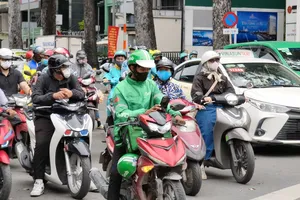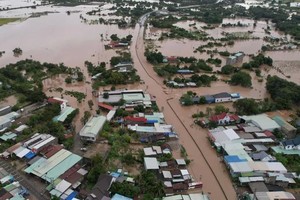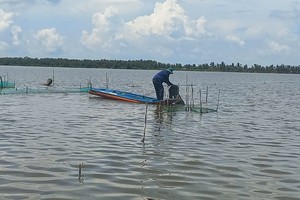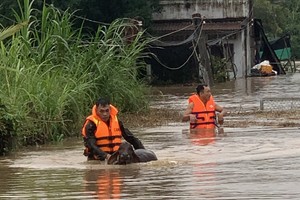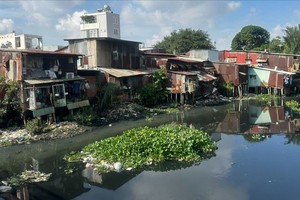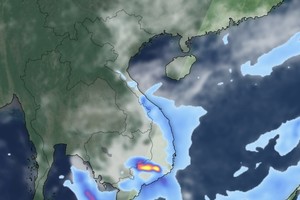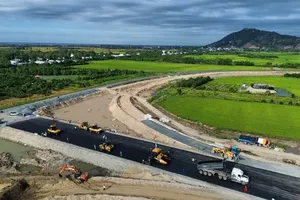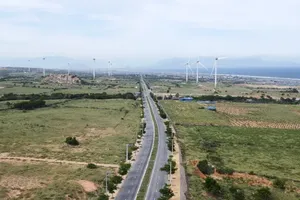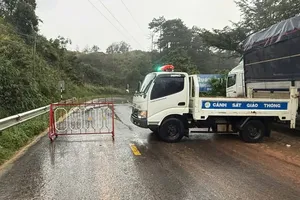If the amount was approved, the province would spend VND69 billion on dredging 123 fresh water storage canals mostly in districts Phuoc Long, Dong Hai and Gia Rai Town.
Around VND70 billion will be used to repair 5 anti-saline intrusion culverts Cai Tram, Chiet Nieu, Xom Lung, Brige No.3 and a special culvert. Additionally, some VND22 billion will be used for building embankments to prevent saltwater and pumping water for drought fighting.
Presently, Bac Lieu in particularly and the Mekong Delta region in generally suffer loss because of drought and salt intrusion. Thousands of paddy fields are at high risk due to lack of water.
Therefore, if heat continues, fresh water from Hau River to Bac Lieu will cease as it evaporates under the sun.
Last but not least, shrimp farmers who breed shrimp on 5,000- hectare rice fields in Gia Rai Town and western communes of Phuoc Long District will also get loss.
Similarly, shrimp breeders in the southern part of the province who are raising shrimp on 4,000 hectares will endure major crop and profit losses due to drought and shortage of free water.
In Soc Trang, farmers have sown on 3,700 hectares early; therefore, 1,500 hectares was affected by drought, saline intrusion and as per forecast, more rice fields will be affected in the next time.
Triple whammy: prolonged drought and heat in the Mekong Delta
Bushfire risk has been exacerbated by prolonged drought and heat in the Mekong Delta. The Forest Rangers in Ca Mau Province yesterday said more than 42,000 hectares of tram forest and various forest in islands in the province are at risk of bushfire due to ongoing drought.
Specifically, over 3,000 hectares of forest was forecast to be at the five-stage warning level ( most dangerous) while over 13,000 hectares of forest at four-stage warning level ( dangerous) and more than 20,000 hectares at two and three-stage warning level.
Bac Lieu Province has faced hot weather and drought conditions for weeks and river levels fall in heat, drought putting the 380-hectare bird sanctuary at high risk of fire.




